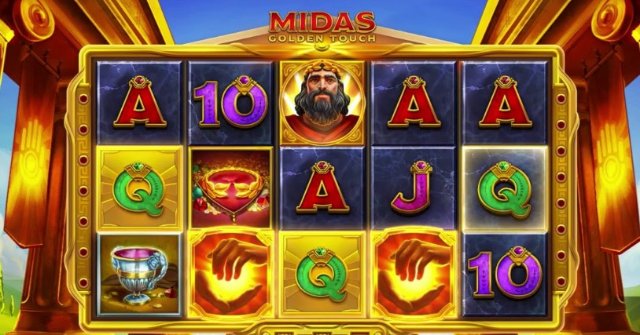
Evolution of the Live Multi-Room Format in Video Poker: Playing Against Real Dealers
The progression of live multi-room video poker has transformed a traditionally solitary game into an interactive format where players engage with real dealers in real time. Over the past decade, technical innovation, improved streaming standards, and regulated gaming frameworks have influenced how enthusiasts participate in this hybrid of live interaction and classic poker-based mechanics.
Technological Foundations Behind Modern Live Video Poker
The shift from automated terminals to dealer-hosted sessions became possible due to advancements in low-latency streaming protocols introduced across regulated studios between 2021 and 2025. Providers now use adaptive bitrate systems that stabilise the feed even when users access the game from mobile connections, improving consistency during high-traffic periods.
Camera infrastructure has also evolved. Multi-angle setups allow players to view the dealer, the shuffling process, and the community card layout without gaps in visibility. These setups follow international standards for transparency required by regulators in the United Kingdom, Malta, and several EU jurisdictions as of 2025.
Back-end card recognition technologies underpin the reliability of the game. Optical sensors and automated verification software ensure that every dealt card is logged instantly for audit trails, reducing the probability of technical discrepancies and making the format suitable for regulated multi-room access.
How Live Multi-Room Systems Coordinate Players
Multi-room video poker formats separate participants into parallel lobbies connected to the same dealer feed. This method minimises waiting times and gives users access to seats without crowding a single virtual table. The distribution of players also reduces server load during peak activity.
Each room has independent betting logic, which allows participants to choose different strategies even though they receive identical hands. The system applies the dealer’s actions universally, but individual decisions determine unique outcomes per room.
To maintain fairness, providers apply synchronised timers so that every participant must finalise card holds and draws within a regulated timeframe. This prevents delays and maintains flow across all rooms linked to the dealer.
Role of Real Dealers and Live Studio Standards
Dealer-hosted video poker relies on trained professionals who manage the deck, communicate essential information, and follow standardised procedures set by regulated jurisdictions. Studios operating in 2025 undergo periodic certification to ensure that staff follow consistent card-handling rules akin to those found in traditional casino environments.
Studios now feature improved lighting systems designed to reduce visual distortion on cards. This is essential for video poker, where a single rank or suit can determine the final combination. Enhanced lighting reduces shadowing and improves clarity on smaller screens.
To strengthen trust, regulators require that all studio operations remain documented. Independent auditors perform routine inspections of dealing procedures, card shoes, and automated shuffle machines, ensuring that the multi-room format remains compliant with fairness standards.
Interaction and Communication Protocols
Although video poker involves limited table interaction, dealers maintain a consistent communication style that focuses on clarity rather than social engagement. This ensures that instructions remain understandable for participants across multiple rooms.
Players can use on-screen messaging tools to raise queries about the round flow, technical issues, or timing. These systems are moderated to avoid spam and maintain an orderly gameplay environment.
Regulated operators introduce multilingual support across European markets, reflecting user demand in 2024–2025. This includes English, German, Spanish, and Scandinavian language interfaces, making multi-room participation accessible to a wider audience.

Regulation, Security, and Fair Play Standards in 2025
By 2025, regulatory bodies such as the UK Gambling Commission and the Malta Gaming Authority maintain strict auditing rules for live video poker studios. Random Number Generator systems are used only for draw automation, while physical decks remain the primary source of card distribution in dealer-led sessions.
Secure transmission protocols, including TLS 1.3, are mandatory for all studios serving European users. This reduces interception risks and keeps player data confidential during streaming and betting stages. Operators must store sensitive records on encrypted servers within approved jurisdictions.
Fair play also includes responsible participation tools. Regulators require cooldown options, expenditure limits, and clear access to self-exclusion systems. Providers incorporate these requirements directly into the live interface without interrupting the gameplay structure.
Future Prospects for Multi-Room Video Poker
Developers continue refining the multi-room model by testing AI-supported dealer assistance tools. These systems help monitor technical anomalies, track session timing, and support studio staff without influencing gameplay results.
Wearable-camera solutions are in pilot testing across several providers. These devices could allow players to switch between overhead, dealer-eye, and table-close-up views, strengthening transparency during each step of the round.
As technology progresses, the priority remains regulatory compliance and reliability. Multi-room video poker is expected to expand further across licensed European markets in 2026, with a continued focus on maintaining fairness and maintaining clear operational standards.



